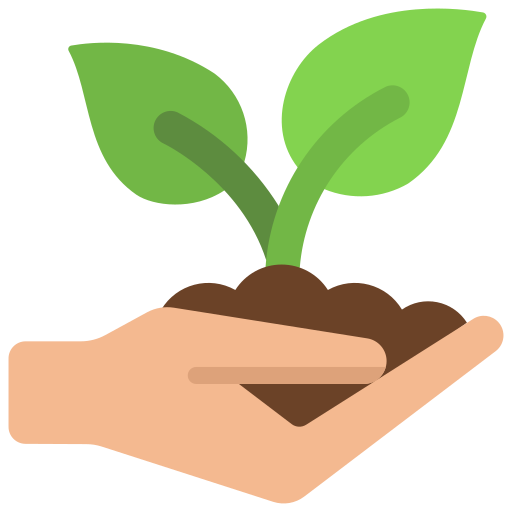Disasters pose a constant threat to lives and livelihoods worldwide, and in the 21st century, their frequency has surged. Recognizing the differential impact on marginalized communities, GDS, as a livelihood-promoting development organization, took a proactive stance. Floods, particularly devastating in eastern UP, prompted our first relief response in 1998. However, we realized that a fundamental shift was needed – from reactive relief to a culture of proactive preparedness.
Enter the Community-Based Disaster Risk Reduction (CBDRR) approach, initiated in 2001. This model hinges on the belief that the affected communities are the first responders during disasters. It entails empowering communities to identify, prioritize, and collectively solve problems, fostering a year-round state of preparedness. While floods can’t be stopped, their impact can be managed. GDS pioneered a replicable Community-Based Flood Preparedness & Mitigation model with a focus on reducing livelihood losses, community-owned preparedness systems, and advocating for policy change.
Components of the CBDRR Model (Flood Preparedness & Mitigation):

Village-level Flood Preparedness and Response Plan
Mobilizing communities and forming Village Disaster Management Groups.
Creating disaster preparedness micro-plans involving problem identification, solution prioritization, cost-sharing, and implementation.

Reviving Livelihoods (Mitigation of Losses in Agriculture)
Experimenting with changes in cropping patterns.
Developing crop-specific packages of practices and upscaling successful interventions.

Advocacy for Policy and Practice Change
Establishing larger community institutions for advocacy on preparedness, relief, and response.
Facilitating interfaces between the government and communities to leverage resources.
Conducting workshops and seminars for policy change.

Participation of Women in Disaster Management Groups (DMGs)
Women, the most affected during floods, play a crucial role in DMGs. Trained to function effectively as a team, DMGs perform tasks ranging from mock drills for rescue operations to preparing and providing household lists for relief distribution. The focus is on flood-safe living conditions, safe transportation, drinking water sources, sanitation, hygiene, and basic lifesaving skills.
Beyond floods, GDS’s CBDRR model incorporates fire and earthquake hazards, recognizing the unique challenges posed by each. In 2007, GDS extended its focus to humanitarian response, ensuring a comprehensive approach covering all stages of the Disaster Risk Management cycle. In essence, GDS’s CBDRR model is not just about managing disasters; it’s about building resilient communities equipped to face the entire spectrum of challenges, from pre-disaster preparedness to post-disaster recovery and reconstruction. It’s a journey towards lasting resilience and sustainable development.
